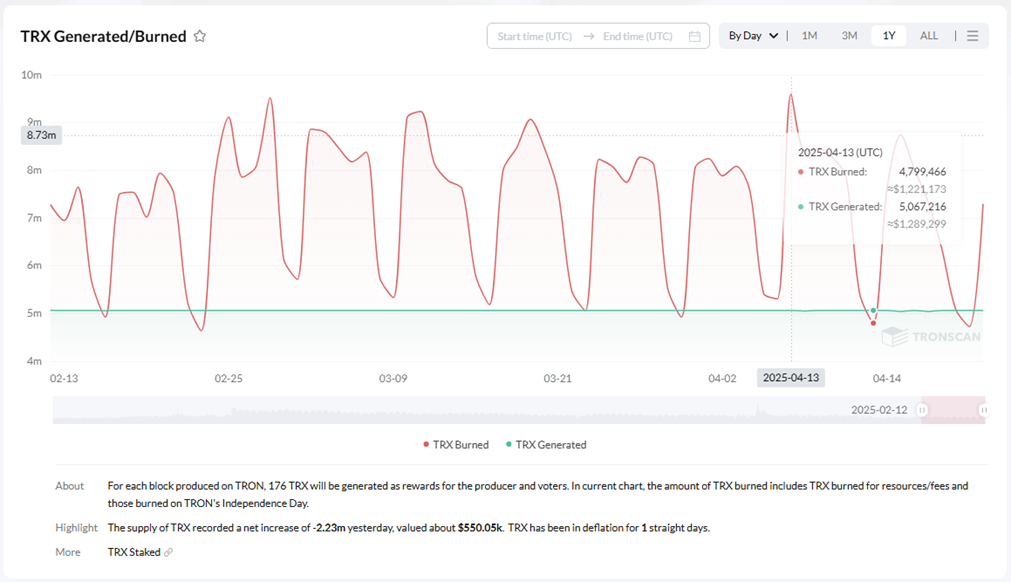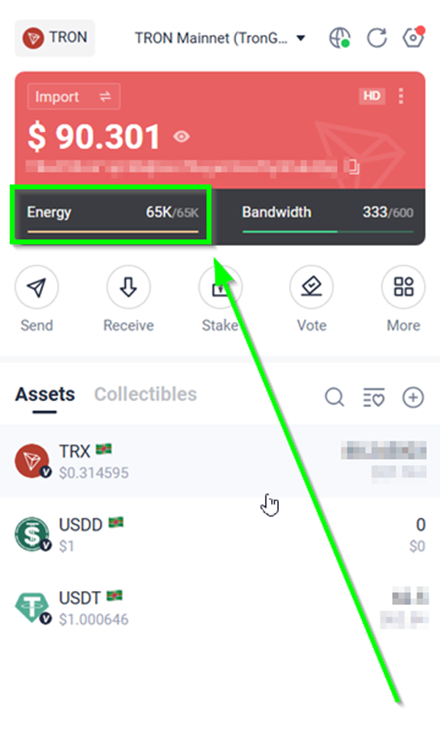Why TRX are Burned when Transferring USDT - with Examples
Even active users of the Tron blockchain and smart contract developers, that is, experienced network participants, are surprised when they notice that the system wrote off TRX – native crypto tokens – for the transfer of USDT stablecoins. At the same time, there was a sufficient amount of Energy in the account before the transfer to pay for the transaction with this resource. Sometimes, even experienced users of the eco-platform make mistakes, and this happens regularly with beginners. As a result, millions of TRX are withdrawn from wallets, while a transaction for the transfer of USDT could be limited to only the Energy resource. And you can get this resource either for free or for a symbolic fee in the native crypto.
Find out why TRX may be used when sending USDT, even if the user had Energy in reserve before the transaction, and also how to avoid this.

As you know, in addition to native crypto for paying for transactions, Tron offers to use special resources – Bandwidth, which pays for the network's expenses to ensure the prompt passage of your transaction, as well as Energy, which replenishes the network's expenses for computing and energy capacity.
For regular transfers in TRX, it is enough to have Bandwidth on the wallet. 600 units of this resource are enough for several transactions per day, this is the volume Tron replenishes users' wallets daily. The same applies to other types of interaction with other TRC-10 standard tokens.
It's a different matter if the user is dealing with TRC-20 standard tokens such as USDT or other types of smart contracts, like decentralized applications. When making a transaction, it is necessary to replenish not only the costs of bandwidth, but also energy and computing power. This can, of course, be done with TRX, but it is much more efficient to use the Energy resource for this.
Therefore, knowledgeable users try to have enough of this resource on their wallet to cover the fees for planned transactions. However, sometimes TRX are written off along with Energy.
Let's figure out why this happens.
Reason 1: Not Enough Energy for the Transaction
An elementary error in calculating the required amount of Energy for USDT transfer transactions – this may occur because the sender did not check the presence of these same stablecoins in the recipient's wallet.
If the recipient has USDT in their account, the transaction fee will be 13.4 TRX, and if not, it will be 27 TRX. The sender had 65,000 Energy in their wallet, which they thought was enough to cover the transaction fee for the transfer, but they failed to notice that the recipient did not have USDT in their wallet. So, to save TRX, the sender should have had 131,000 Energy in reserve.
If the sender's wallet does not have enough Energy, the system automatically burns TRX to complete the transaction. The TRX consumption may vary depending on the Energy limit for the transaction.
Example:
- Energy balance: 65,000 → the system burns 13.4 TRX to pay the commission if the recipient's wallet does not have at least 0.01 USDT.
- Energy balance: 131,000 → commission in TRX is absent or minimal for other reasons.
Conclusion: Be sure to check your Energy balance before transferring USDT TRC-20.

Reason 2: the Network Is Overloaded and the Base Fee Has Increased
This could be the reason for burning TRX, even if the user did not make a mistake in calculating the required amount of Energy for the planned transactions.
The TRON ecosystem uses a dynamic fee system. Therefore, as the network load increases, its energy and computing power requirements also increase. This increase is compensated by the users' Energy resource.
Example:
- under normal network load conditions, a transaction requires 131,000 Energy units to transfer USDT to an "empty" wallet;
- under high load, the need for additional power increases transaction fees, which leads to TRX being burned when there is a lack of Energy.
Conclusion: Carefully check and take into account the level of network congestion, save your assets by refusing to work during busy periods or replenish the Energy reserves in your wallet.
Reason 3: Recipient's Address is the Exchange
In this case, the transaction fees depend on the exchange policy, some of them require a fee for depositing USDT.
Example:
- sending USDT to a personal wallet → 0 TRX (if you have Energy);
- sending USDT to the exchange → x TRX, where x is the exchange fee for depositing USDT.
Conclusion: Before transferring USDT TRC-20 to an exchange, check the terms of the service and the established commissions for the operation you are using.
How to Avoid Unnecessary TRX Write-Offs
So, the conclusions from all of the above are as follows:
- Check your Energy balance before each USDT TRC-20 transfer.
- Check the recipient's balance status.
- Rent Energy if you don't have enough to avoid spending TRX.
- Send USDT during periods of low network load.
- Before transferring to the exchange, check the conditions for individual transactions.

The native currency is written off from the sender's account when transferring USDT TRC-20 when there is a shortage of Energy. The state of the network at the time of the transaction with TRC-20 standard tokens, as well as the transfer of stablecoins to the exchange, can also increase transaction costs and lead to the write-off of TRX along with Energy.
The optimal way to save is to rent Energy before transferring USDT and interacting with other TRC-20 tokens.